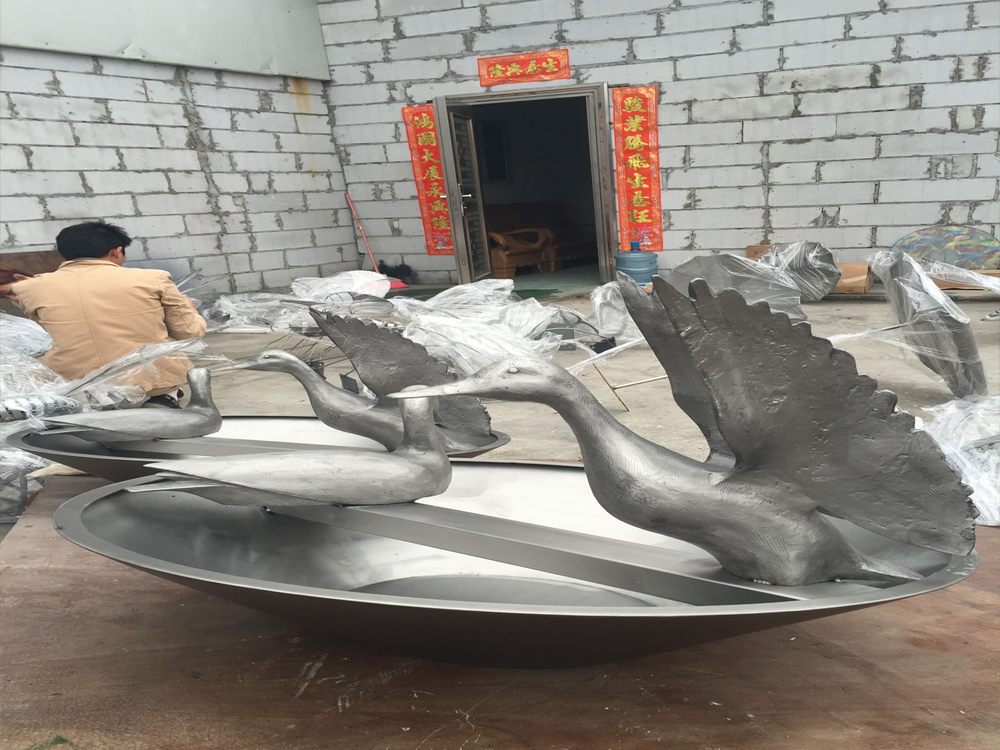
The ability to transform cold, hard stone into seemingly soft, flowing forms is one of the most captivating feats in sculpture. Artists achieve this illusion through a combination of technical mastery and perceptual tricks that deceive the eye into seeing movement and suppleness where none physically exists.
Key techniques begin with careful stone selection. Marble, with its fine grain and translucency, is particularly favored for its ability to mimic flesh when polished. Sculptors study the stone's natural veins and work with—rather than against—these organic patterns to enhance the sense of fluidity.
Tool marks are deliberately minimized through progressive refinement. Starting with coarse chisels, artists gradually transition to rasps, rifflers, and finally abrasives that can create surfaces smooth enough to reflect light like skin. The strategic rounding of edges eliminates harsh shadows that would betray the stone's hardness, while subtle undulations in the surface catch light in ways that suggest pliability.
Master sculptors employ optical tricks such as contrapposto (asymmetrical weight distribution) to imply motion, and carefully calculated drapery folds that appear to flow naturally. The final polishing stage brings out the stone's latent luminosity, with wax or oil treatments enhancing the illusion of warmth and softness to the touch.
This alchemy of stone into supple form represents the pinnacle of sculptural achievement, where technical precision meets artistic vision to create enduring illusions that challenge our perception of material reality.

